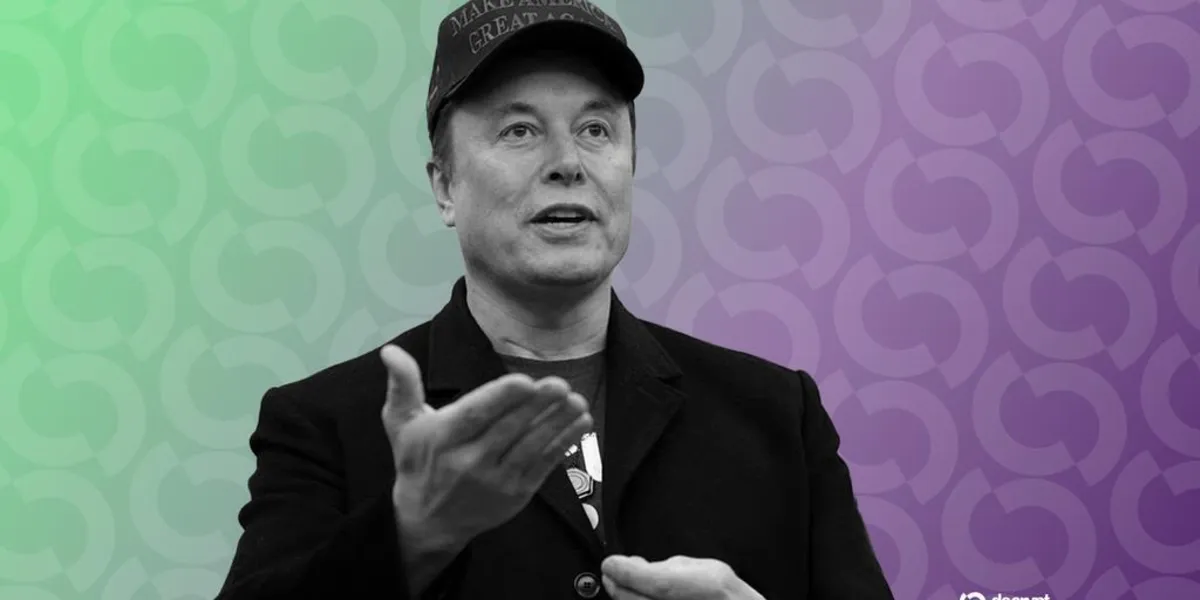
On Thursday, Elon Musk made headlines with his visionary plan to colonize Mars, following his official departure from the Department of Government Efficiency (DOGE). During a presentation at Starbase, Texas, the newly incorporated city established by SpaceX, Musk outlined a comprehensive strategy aimed at making humanity a multiplanetary species. His ambitious vision includes the development of an interplanetary transport system designed to ferry humans to the Red Planet, with the ultimate goal of establishing a self-sustaining city on Mars.
While Musk did not provide a specific timeline during his speech, he previously indicated that he envisions humans living on Mars within the next two decades. “Progress is measured by the timeline to establishing a self-sustaining civilization on Mars. That’s how we gauge progress here at Starbase,” Musk stated to the enthusiastic audience. He emphasized that every launch, particularly in the early stages of the Starship program, is crucial for learning what is necessary to make life multiplanetary and for improving the spacecraft until it can carry hundreds of thousands, if not millions, of people to Mars.
Musk's renewed focus on Mars colonization comes after stepping down from his role as head of DOGE under President Trump. His ambition to colonize Mars has been a cornerstone of his vision for humanity's future since he first proposed the initiative. The plan relies heavily on SpaceX’s Starship and orbital refueling, with uncrewed missions scheduled to commence in 2026, aiming to establish the first human settlements on Mars by 2029. Musk estimates that around one million tons of cargo will be necessary to create a self-sustaining Mars colony, which will involve thousands of Starship launches.
According to Musk, SpaceX is now capable of producing a new Starship roughly every two to three weeks. “We don't always produce one that frequently because we are making design upgrades, but ultimately we aim for the ability to produce 1,000 ships a year—three ships a day,” he claimed. In addition to the massive Starship, SpaceX's roadmap to Mars includes crucial elements such as the new Raptor 3 engine for enhanced efficiency, a reusable heat shield for safe atmospheric reentry on both Earth and Mars, and orbital refueling technology to maximize payload capacity.
Musk also revealed that SpaceX plans to employ Tesla Optimus robots to lay the groundwork and construct the Mars colony. The first human missions are slated for 2027, with the Arcadia Planitia region identified as a potential site for the initial settlement. Long-term objectives include transporting at least one million tons of infrastructure, constructing multiple launch and landing facilities, and utilizing Starlink satellites for communication.
Ultimately, Musk's goal is to create a self-sustaining civilization on Mars as a backup for humanity. “At that point, we've achieved civilizational resilience where Mars can potentially come to the rescue of Earth if something goes awry, or perhaps Earth could aid Mars,” he explained. “Having two planets, both self-sustaining and robust, is incredibly important for the long-term survival of civilization.”
Once Mars is successfully colonized and serves as a stepping stone, Musk envisions humanity embarking on journeys to other planets in the solar system, and eventually, to distant star systems. He stressed that orbital refueling and propellant transfer are critical for the success of these missions. “Think of it like aerial refueling for planes—but in orbit. It’s never been done before, but it’s technically feasible,” Musk stated. He elaborated on the process, explaining that two Starships would dock in orbit, allowing one to transfer fuel and oxygen. With most of the mass being oxygen—approximately 80%—the efficient transfer of resources is essential for future missions.
Despite facing challenges, including a recent Starship explosion in January and another incident this week, Musk remains steadfast in his mission to reach Mars. He asserts that this endeavor transcends mere technological advancement; it is about shaping the future of humanity. “We can be out there among the stars, making science fiction no longer fiction,” he concluded.